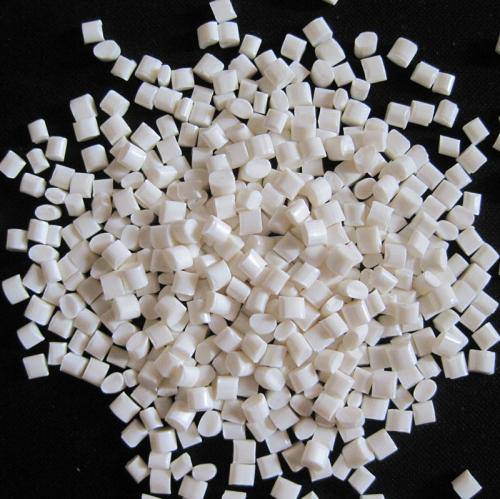 |
Hotline |
| +010 123456789 |
PC – Polycarbonate
Description
Polycarbonate is a relatively tough, strong and rigid material and exhibits great dimension stability within a large temperature range. The great toughness means that when impacted it is almost impossible to induce fractures in the material. PC is used for articles such as glasses, protective helmets, CDs, toys, lenses, etc.
The secondary brand PC (polycarbonate) raw material is a relatively economical polycarbonate material, usually used in applications where performance requirements are not as strict as mainstream products. Here are some key product introduction points for sub brand PC raw materials:
Material characteristics:
Good mechanical performance: Although slightly lower in strength compared to high-end PC materials, it still has good impact resistance and toughness.
Moderate transparency: With high light transmittance, it is suitable for applications that require a certain level of transparency.
Processing stability: It performs well during the processing and is suitable for large-scale production.
Processing performance:
Easy to form: It can be produced through common processing techniques such as injection molding and extrusion, adapting to various production needs.
Cost effectiveness: Compared to high-end PC materials, secondary PC has certain cost advantages and is suitable for large-scale production.
PC resin
| Item | Unit | Test method | Test conditions | offgrade |
| Model | ||||
| Melt Index | g/10 min | ASTM D-1238 | 300℃×1.2kg | 22 |
| IZOD impact strength | kg-cm/cm | ASTM D-256 | 23 ℃ 3.2mm | 55 |
| specific gravity | - | ASTM D-792 | 23℃/23℃ | 1.02 |
| Tensile strength | kg/cm² | ASTM D-638 | 23 ℃ | 620 |
| Flexural strength | kg/cm² | ASTM D-790 | 23 ℃ | 980 |
| Bending modulus | kg/cm² | ASTM D-790 | 23 ℃ | 20000 |
| Rockwell hardness | R-scale | ASTM D-785 | 23 ℃ | R-121 |
| Sanitary softening point | ℃ | ASTM D-1525 | VICAT(10N ℃) | 110 |
| Heat deflection temperature | ℃ | ASTM D-648 | Unannealed 18.6 kg/cm² (1.8MPa)(3.2mm) | 96 |
| Shrinkage | % | ASTM D-955 | 3.2mm | 0.4 ~ 0.6 |
| combustibility | UL-94 | File No. E162823 | v-0 0.6 ~ 2.6 mm | |
Related products
-

1
1¥ 0.00Buy now
-

PA6 – Polyamide (Nylon 6)
Polyamide 6, also called Nylon 6, is a cool material with great tensile strength, elasticity and shine. PA6 is highly resistant to wear and chemicals such as acids and bases. But the material is also slightly hygroscopic, where the preoccupation with water acts as a softener, making the subject stronger and more cool. Pa6 without filler can, for example, be used in the manufacture of fibers, where the filled versions have a relatively high e-module that makes the material a strong candidate as a¥ 0.00Buy now
-

PA6.6 – Polyamide (Nylon 66)
Polyamide 6.6, also called Nylon 66, is a relatively rigid, hard, durable and thermal dimension stable material. Compared to PA6, PA6.6 has less water absorption rates, higher heat resistance and better insulating properties, making the material perfect for use in the textile industry as well as for technical articles in the automotive industry, among others.¥ 0.00Buy now
-

ABS – Acrylonitril Butadien Styren
Acrylonitril Butadien Styren is a terpolymer in which polybutadiene is copolimerized with SAN. This results in a high-gloss material as well as good mechanical properties for use in technical products, such as cabinets for electronic devices, protective helmets, suitcases, pens, kitchen appliances and in toys such as the LEGO brick.¥ 0.00Buy now
-

ABS – Acrylonitril Butadien Styren
Acrylonitril Butadien Styren is a terpolymer in which polybutadiene is copolimerized with SAN. This results in a high-gloss material as well as good mechanical properties for use in technical products, such as cabinets for electronic devices, protective helmets, suitcases, pens, kitchen appliances and in toys such as the LEGO brick.¥ 0.00Buy now






